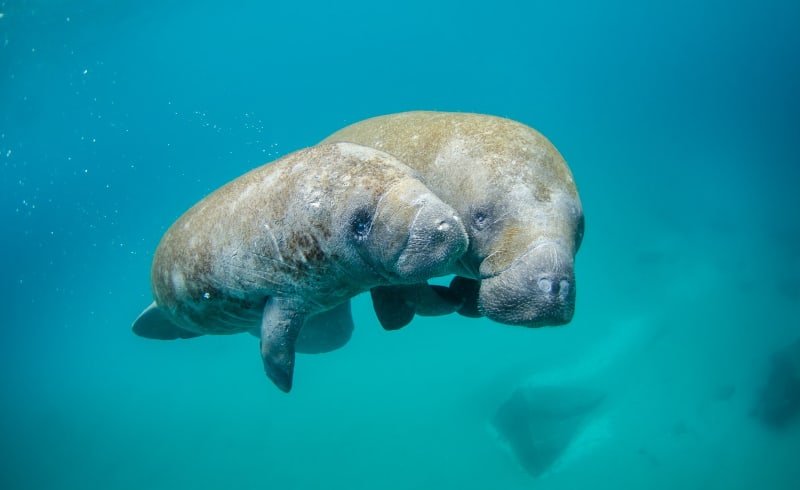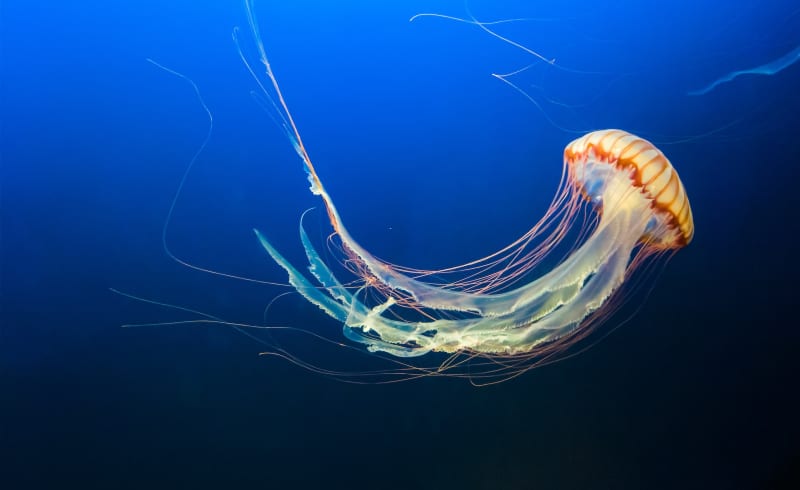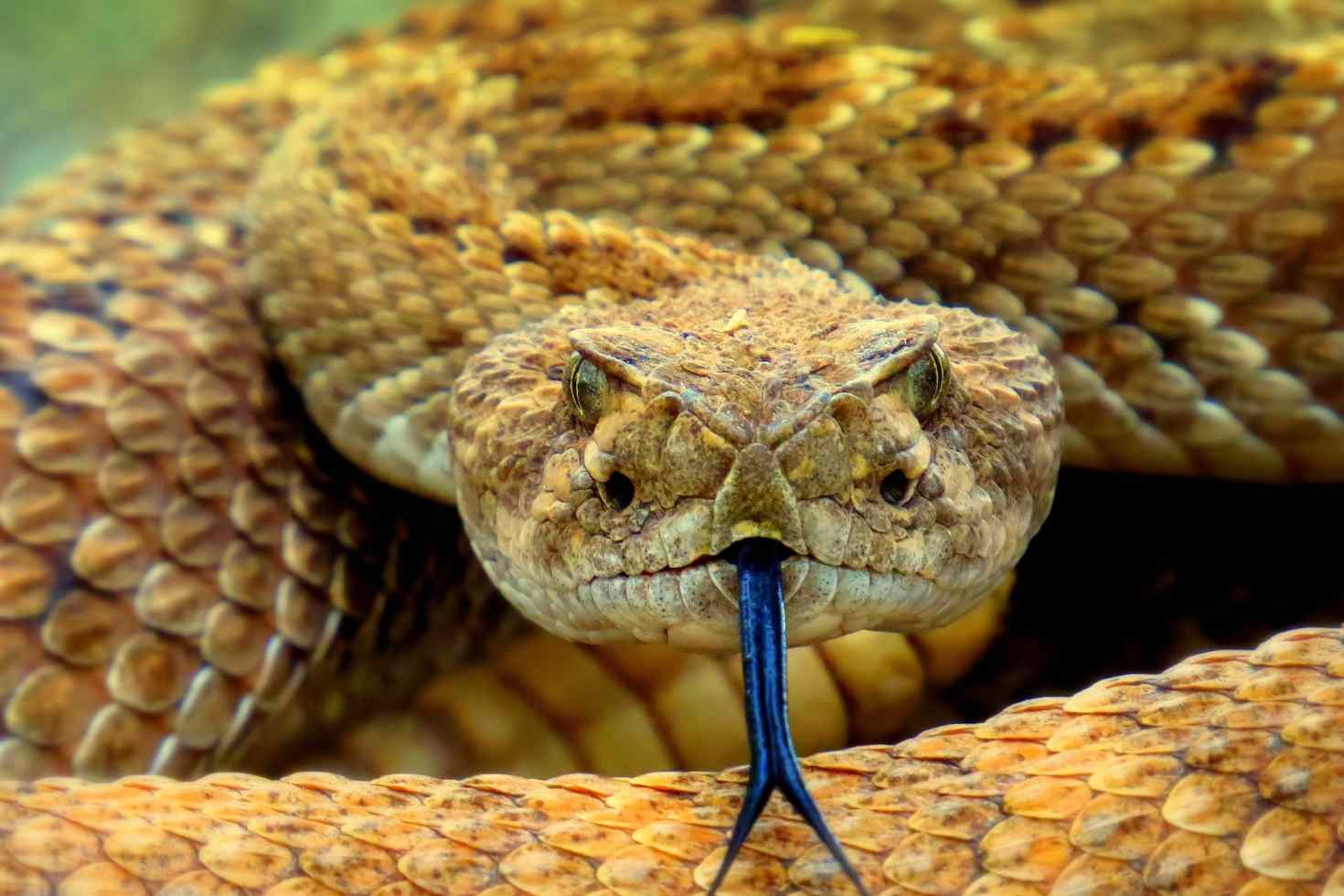Haiti is one of the major islands that is located on Hispaniola Island. The island is shared with the Dominican Republic, and the country is unique because of its terrain, climatic conditions as well as the culture and diversity of the local people. The main climatic condition that is predominant across the country is the tropical climate; hence this helps create a perfect environment where fauna and flora can thrive. Some species are native to the island, while others have been brought by scientists and explorers who want to know how the creatures will fare in such an environment. The surrounding waters are a haven for a wide array of marine life, and when visiting the island, you are sure you will get value for your money. The dense jungles of the country are home to bats, snakes, birds, insects, and other creatures roaming around the country.
Haiti remains one of the most featured countries globally, especially during hurricanes and tornadoes. However, this is during the summer and when the weather is not conducive. When planning to visit the island, you should plan well and understand the weather or climatic patterns of the areas you visit. You will encounter so many dangerous animals in Haiti during your visit. Since it has extensive beaches and coastline, Haiti is a favorite spot for water sports and other activities. You will likely find different kinds of animals and creatures during your trip. While some may be less dangerous, others are exceptionally dangerous, and you should avoid them during your visit.
There have been tremendous changes to the environment, which has since resulted in the changes in the surroundings, and the fauna and flora found in the country. These activities include deforestation and rising sea levels, affecting the kind of animal life you will find in this region. You must understand the climatic conditions place that you are going to visit. There are some very dangerous creatures that you should avoid, and these include the following:
Table of Contents
Mosquitos

Many mosquitoes are found across the country, and you must avoid the areas found in these parts of town because the mosquitoes can cause malaria and other viral infections. Some dangerous infections caused by mosquitoes include dengue fever, Nile fever, and even the chikungunya virus. You should always have mosquito repellant when exploring the island and sleep under a mosquito net.
Solenodon
This tiny, evil and very dangerous creature usually burrows like a shrew. This rodent is native to Cuba and the Hispaniola region. Since it is a nocturnal creature, you are likely to encounter it during the night while looking for food around the area. The creature was first seen around the countries in the early 19th century, and it continues to thrive in the country. It is a very elusive creature; however, if you invade its habitat, it is likely to attack you. Since they are endangered species, they tend to attack in a situation where they are nursing their young ones or when you find them in their natural habitat.
More to read: Dangerous Animals in Bolivia
Fer-de-lance Snake
This is a snake that is less found on the island, and it is critical that in a situation that you encounter, you should stay away because these snakes are venomous. It is a viper species with a yellow chin and is known for causing multiple deaths across Central America and the Caribbean islands. The venom the snake delivers in a single bite is enough to kill five adult people, so it is important to stay away from this creature. Some side effects caused by the snake’s venom include fainting, loss of muscle function, gastrointestinal bleeding, lowered heart pressure, numbness, swelling, and death if antivenom is not delivered.
West Indian manatee

This is popular marine wildlife you will likely encounter during your trip to Haiti. It is found on the waters of the Caribbean Sea and is one of the largest creatures in the manatee family. The creature has been classified as endangered species because of aggressive hunting by the locals. However, this has moved to endangered, and it is imperative to understand that the manatee population continues to grow because of the effort put forth by the government of this region. They are found in parts of Central America, South America, and the Floridian waters.
They are agile and will attack you, especially when nursing their young ones or during mating season. If you want to see them, you should keep a proper distance to ensure that you get the best value for your money and the best views of these creatures.
More to read: Dangerous animals in the Netherlands
Gila monster lizard
Perhaps this is a less popular creature you will find on Hispaniola Island. You must always know the areas you are visiting because this will help you avoid any injuries the venom can cause the snake. The monster lizard usually has a forked tongue and will deliver venom to the victim, which will cause severe allergic reactions and loss of organ function.
The lizard has some chewing action, which means it continues to deliver venom to the victim if you like hiking and exploring different parts of the country. Some side effects you are likely to experience when the lizard delivers venom include shortness of breath lowered blood pressure, and severe swelling on the places bitten.
Candy Cane Snail
The candy snail is a native creature to Hispaniola Island. It is not limited to the Dominican Republic and Haiti. The species usually cannot thrive underwater, and it is known to live under trees found on Hispaniola Island. This snail is quite colorful, and you will see the beautiful stripe of colors on the shell and other amazing colors you are likely to encounter during your trip to the region.
You must take your time to know the habitat of these creatures because this will help you avoid them. Snails usually have venom; even if it cannot be fatal for some people, it is likely to cause death and dangerous side effects on people with severe allergic reactions. You must maintain a safe distance, especially when moving in areas that these snails are known to inhabit.
More to read: Dangerous Animals In Belgium
Rattlesnake
The rattlesnakes are one of the creatures you will likely find on the island. You must take your time to review the location that you are visiting. This is important because it helps you avoid the dangers of visiting areas with rattlesnakes. The rattlesnake can grow up to 1.50 meters long and usually thrive at night. This is vital because most attacks that the rattlesnake causes usually occur at night.
The snakes usually thrive in caves, furrows, and under the rocks during the day and usually like staying in cool places. The activities usually increase during the night, and you will likely attack if you explore different parts of the island. They usually use infrared light to see at night and can attack with ultimate precision. Although the rattlesnakes may seem less dangerous, they usually attack whenever they feel threatened or when you invade their habitat.
They usually have fangs that deliver a high venom to the victim. The venom from the rattlesnake is known to cause damage to the peripheral and the central nervous system, which will cause shortness of breath, delivery of oxygen to essential organs of the body, hallucinations, excruciating pain, and eventually death if not treated. You should seek immediate medical attention if the snake attacks you.
American Crocodile
The American crocodile is one of the most distinct creatures you will encounter during your trip to Haiti. It is a native creature to Florida; however, the movement from different parts of the country has caused it to arrive on Hispaniola Island. It is a formidable predator, and you must maintain distance when living in areas where these creatures inhabit. They have very strong muscles and sharp teeth and can attack within seconds.
Since they weigh 600 pounds, you must avoid interacting with them because they might attack you and cause severe injuries. The population of these creatures has risen in the past as the countries continue to have systems that help prevent predation and hunting of crocodiles. Crocodiles are dangerous and can cause severe limb fractures and even death if you are not careful.
Black Widow spider
The black widow spider is one of the most dangerous creatures you are likely to encounter while exploring the island of Haiti. You must avoid bushy areas, or if you have to stay in such areas, you should be well informed about the creatures you are likely to find in this region. The black widow spider will have red or white markings on the body; on the back, it could be black.
The venom this spider delivers is enough to kill ten adult individuals, hence the need to stay away from the black widow spider-infested areas. The pain caused by the spider’s venom can last up to a day, and you must seek medical attention when bitten by the spider. The antivenom is important for reducing the effects of the pain, which would otherwise cause loss of functional organs and eventually death if not done immediately.
More to read: Dangerous Animals In Argentina
Coral snakes
Coral snakes are usually found in the coastal parts of the country, and they are very dangerous creatures because they are known to attack people when they least expect it. They are well camouflaged, and they can hide even in plain sight. When planning to explore different parts of the country, you should watch the areas you are walking in to avoid attacks from the snakes. They are usually ferocious creatures and can grow up to 60 centimeters long.
The small size should not fool you because the snake can deliver dangerous venom to the victim. The venom is neurotoxin and hemotoxin in nature; when it is delivered to the victim, the toxin is known to cause lowered heart pressure, breathing difficulties, loss of muscle control, and eventually death if it is not properly dealt with immediately.
Scorpions
These are among the most dangerous creatures you will find in Haiti. During your exploration process, you should look at the different parts of the country for areas that the scorpions heavily infest. The scorpions can bite and deliver dangerous venom to the victim, and it is known to cause organ failure and loss of muscle function, among others.
The pain you will experience from the sting of the scorpions is severe, and you should avoid areas with many scorpions. Some side effects caused by the scorpions’ venom include breathing difficulties, nausea, loss of muscle function, and body spasms. You must seek immediate medical attention to avoid the side effects that are caused by the venom.
Hutia
This is a large rodent similar to a guinea pig, a common creature you will find in the islands of Haiti. The creature is popular for spending its time under crevices, rocks, and other objects as it hides from invaders and predators. It is an herbivorous rodent that usually comes out at night and begins to scour for food around its habitat.
Since the predators are few, the main challenge comes from humans who have been hunting this creature for food. Since the human population in the area has been actively attacking the hutia, they have become very defensive and dangerous. You must ensure that you keep your distance from this creature because it can attack you immediately after you are in sight.
More to read: Dangerous Animals in Egypt
Box jellyfish

There are box jellyfish in the Caribbean waters, and if you want to go for a swim or snorkeling, you should avoid areas that the box jellyfish infest. They have tentacles that can deliver a very dangerous venom and cause death. If the jellyfish attack you, then seek immediate medical attention. Otherwise, it could cause death by repeated venom delivery.
In conclusion, Haiti offers a diverse environment where you can enjoy a myriad of enjoyable activities. It would help if you visited the island in your lifetime.


